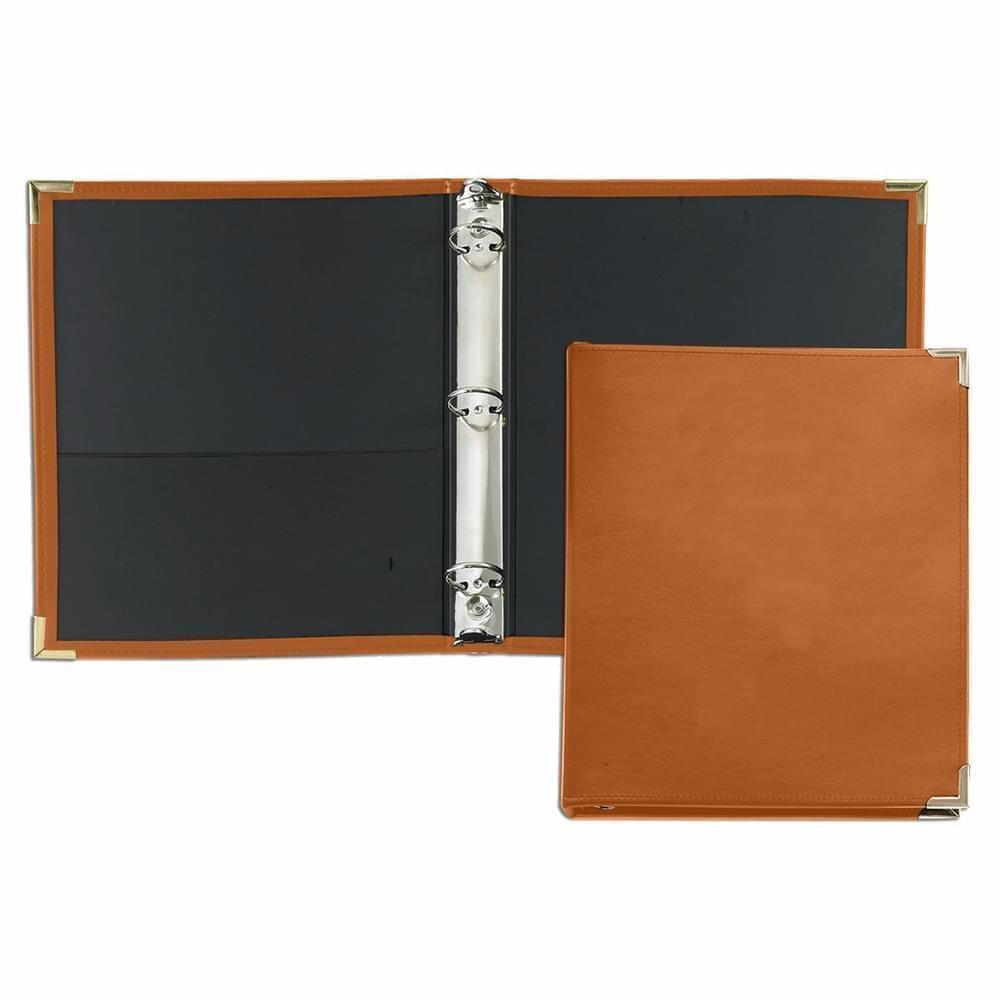
Many industries are impacted by supply chain disruptions. One of the most vital is the agricultural sector. If food doesn’t get to store shelves, that would be a big problem, so it is important to look at them as sort of a bellwether for supply chain.
According to Agweb, there are three trends to look for in 2023 when it comes to supply chains.
1. Policy
The CHIPS and Science Act, signed into action by President Joe Biden on Aug. 9, aims to open new microchip processor facilities in the U.S. This bill will strengthen the U.S. long-term economic competitiveness and national security. With the $10 billion CHIPS and Science funding secured, experts hope new manufacturing sites will start breaking ground soon. However, he says it will take time to get production up and running.
2. International Trade
A lack of tires, windshield wipers, wiring harnesses are holding up production of farm equipment, but chips are getting the bulk of attention because they are in the shortest supply. Some manufacturers are opting to ship ag equipment without tires in order to get the farmer up and running with their own tires.
The answer to these bottlenecks is in Washington, D.C. Bringing jobs back to U.S. soil through trade policy and tax code investment in workforce could be the remedy, along with “friend shoring.” which means making sure our supply chains are with countries that are friendly to us.
3. Tech Trends Change to Move Away from Supply Chain Reliance
As the world works to solder the broken supply chain back together, various industries have taken note. Resourcing will permanently change production in more ways than one. U.S.-based manufacturing will be closer to the customer. There will be more innovative, efficient equipment production. And there will be an uptick in made-to-order production.

 Dad Caps
Dad Caps
 Five Panel Hats
Five Panel Hats
 Mesh Back Hats
Mesh Back Hats
 In Stock Blanks
In Stock Blanks
 Snapback Hats
Snapback Hats
 Stretchfit Hats
Stretchfit Hats
 Duffel Bags
Duffel Bags
 Backpacks
Backpacks
 Tote Bags
Tote Bags
 Computer Bags
Computer Bags
 Sling Messenger Bags
Sling Messenger Bags
 Cooler Bags
Cooler Bags
 Cuff Hats
Cuff Hats
 Beanies
Beanies
 Scarves
Scarves
 Zipper Folders
Zipper Folders
 Stitched Folders
Stitched Folders
 Accordion Folders
Accordion Folders
 Ring Binders
Ring Binders
 Letter Folders
Letter Folders
 Clipboards
Clipboards

 Union Made In USA
Union Made In USA






